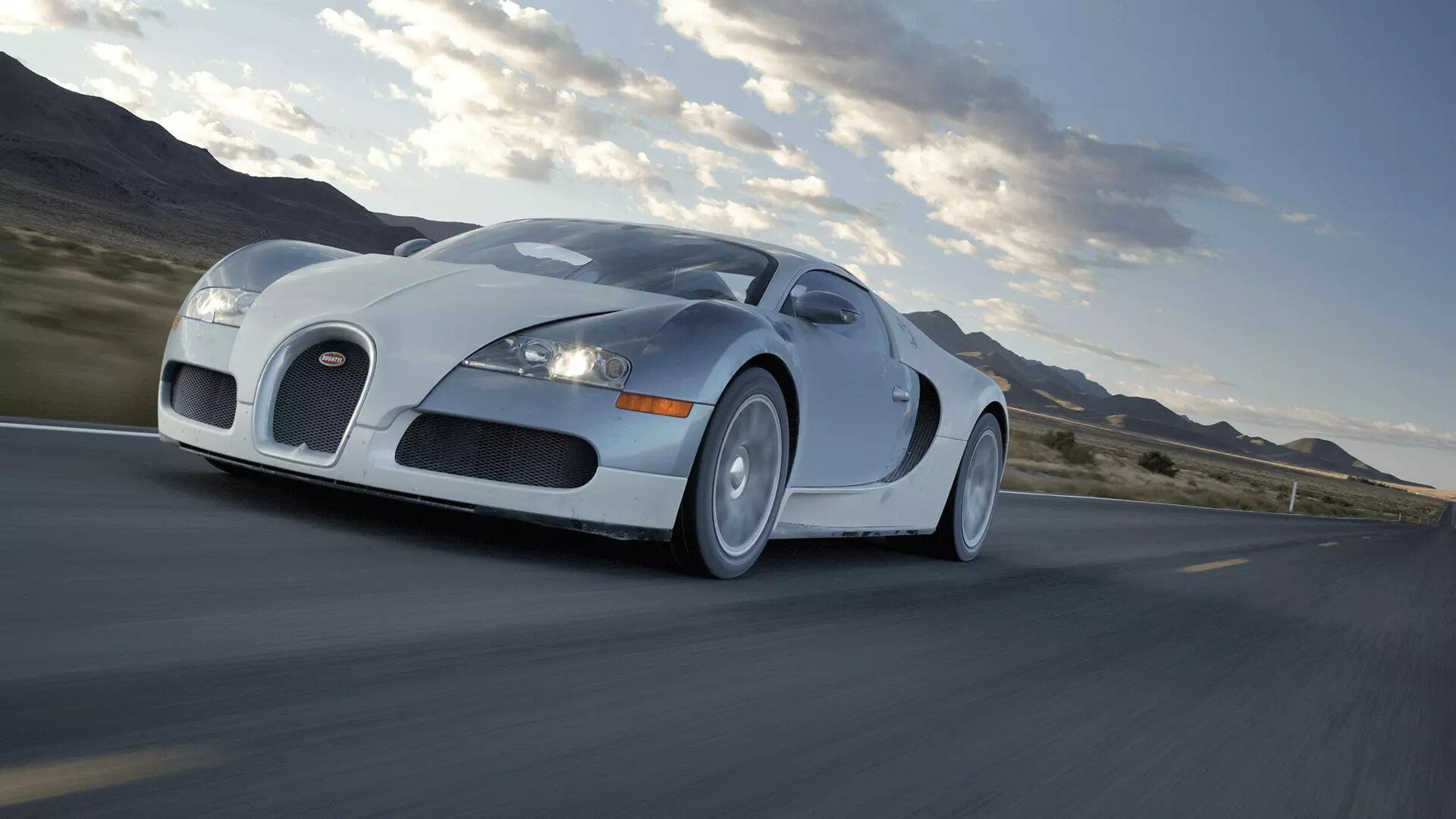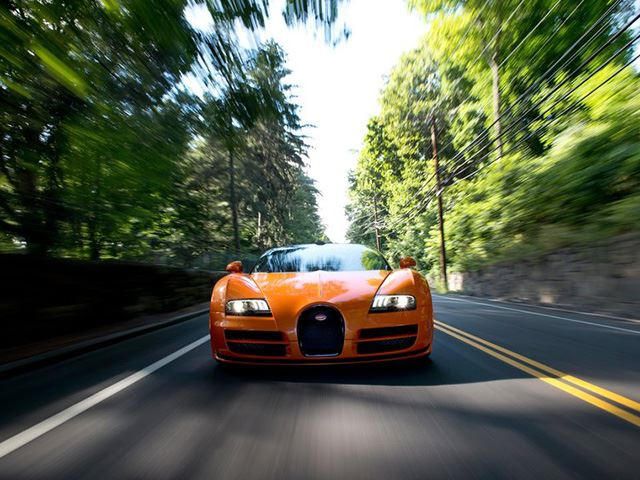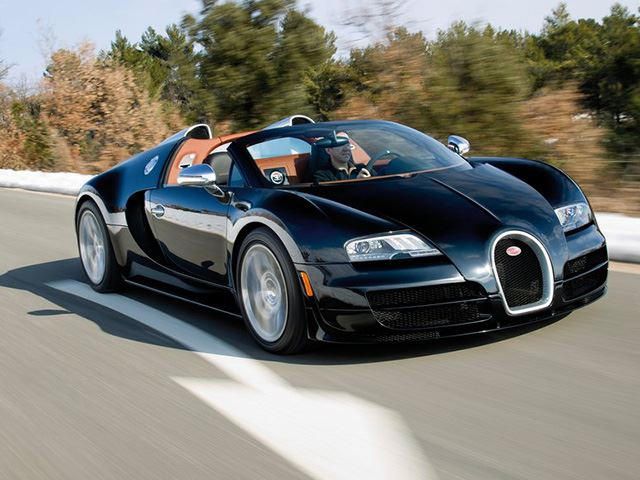
Many people like to collect things that hold some sort of meaning to them. Older people might collect stamps and strippers or Hugh Heffner could plausibly have vast thong collections, but the Bugatti Veyron has gravitated towards collecting an assortment of astronomically outrageous figures. All of this is due to the insane level of complexity that help define it as the car of the 21st century. A Veyron owner may enter the car and push a button to drive off, but there's a lot more going on behind the scenes.
You see, the standard Veyron's engine produces over 3,000 horsepower, even though only 1,001 horses make it to the $25,000 set of tires. The rest of the power is lost through heat, so much heat in fact that the Veyron could heat ten homes. To keep the engine from literally melting, 10 radiators work overtime to keep the car cool. Of course, this isn't your standard heat exchanging hardware because these mystical radiators take over 15 hours to build, taking up 150 hours out of the six weeks that it takes to build a single car. To keep the obese engine fed, the fuel pumps that reside in a special hand-welded fuel tank pump the required 93-octane gas eight times faster than the pump in your Corolla.
Don't even think about doing any DIY repairs on the Bug because to even access the engine, a team of mechanics needs to remove the entire rear end of the car. The Veyron is the fastest car on the planet, but it doesn't have its 265 mph top speed to thank for that. It gets its title from the time it spends being shuttled back and forth from the Bugatti service station in France to the owner's home on a 500+ mph cargo plane. What garners a trip to the factory? Anything from a simple maintenance interval to changing the $70,000 wheels, which must be replaced every two sets of tires since they have special locking mechanisms to keep the tires from slipping on the rim from brutal 2.5-second rushes from 0-60 mph.
Luckily Bugatti engineers realized that owners may want to preserve their tires because they teamed up with aerospace engineers to develop brakes that can stop the 4,162-pound behemoth from top speed to 0 mph in 9.8 seconds. When a driver hits the brakes, light-speed sensors decides to tilt the rear wing to 55°, adding the extra stopping power of an average car. Even this wasn't enough, so the engineers added an anti-lock system to the handbrake just in case. With all of this stop and go ability, it's a good thing that a $120,000 seven-speed DCT is mediating the whole shebang. This keeps uncle moneybags safely cocooned by the leather from cows raised at mosquito-free altitudes.
The main problem with being at the edge of physics is that it is usually an uncomfortable experience. The first cars to make record top speed runs shattered driver's eardrums, cooked their extremities, and instilled the fear of death in their hearts. The same goes for the first airplane pilots and astronauts, but as the technology progresses, the experience is made more comfortable as exemplified by the advent of expensive but safe space trips for the ultra-rich. The Bugatti Veyron is the car who's engineers bridged the gap between the cutting edge of physical possibilities and comfort, so when it comes time to make the next century's personal spacecraft for the rich, it wouldn't be surprising if they bore Bugatti badges.


